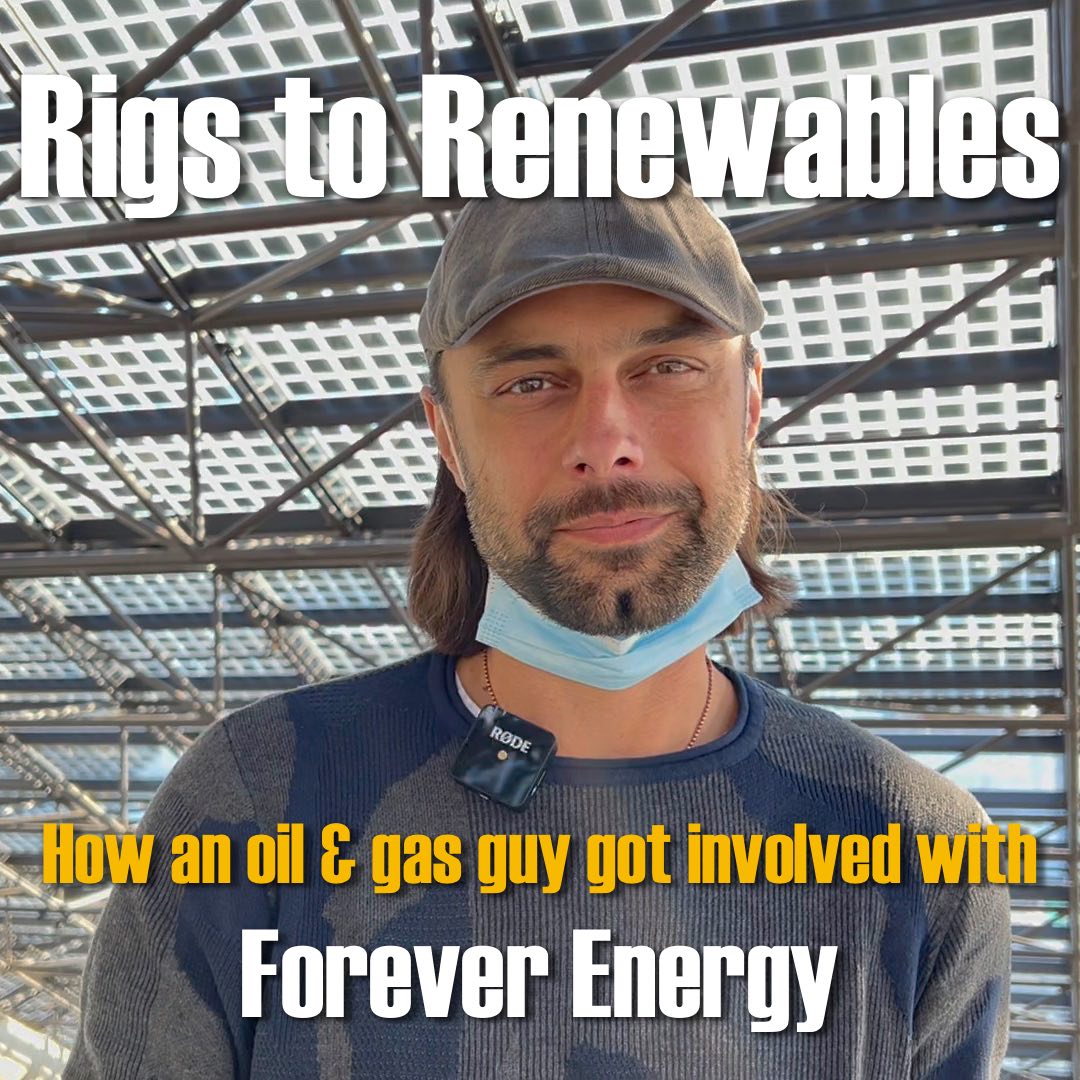By David Dodge, GreenEnergyFutures.ca
Jason Beacock works for a new kind of company. The company’s name is ENEON which derives from EN “energy” over the EONs and it’s a two-year-old company that’s carving a piece of the emerging $7 billion battery energy storage industry.
Beacock, like many young Albertans, was drawn to the oil industry fresh out of school by the allure of high-paying jobs.
“My dad worked in oil and gas. We lived in a lot of different towns throughout Alberta and after I finished high school, I didn’t go to post-secondary, I went directly into oil and gas,” says Beacock.
Beacock stayed there for 10 years. “I had an amazing time, met some amazing people, and learned lots of amazing things,” he says.
Beacock then opened a restaurant and music venue in Lethbridge and when he “ran out of money” he went back to oil and gas working on the technology side of things.
Then the company he was working for, Tundra Process Solutions, took a dramatic turn and teamed up with Canadian Energy, a well-established battery storage company.
Together the companies created ENEON which focuses on large-scale batteries, energy storage, and integration and design of systems that pair with renewable energy sources such as wind and solar power.
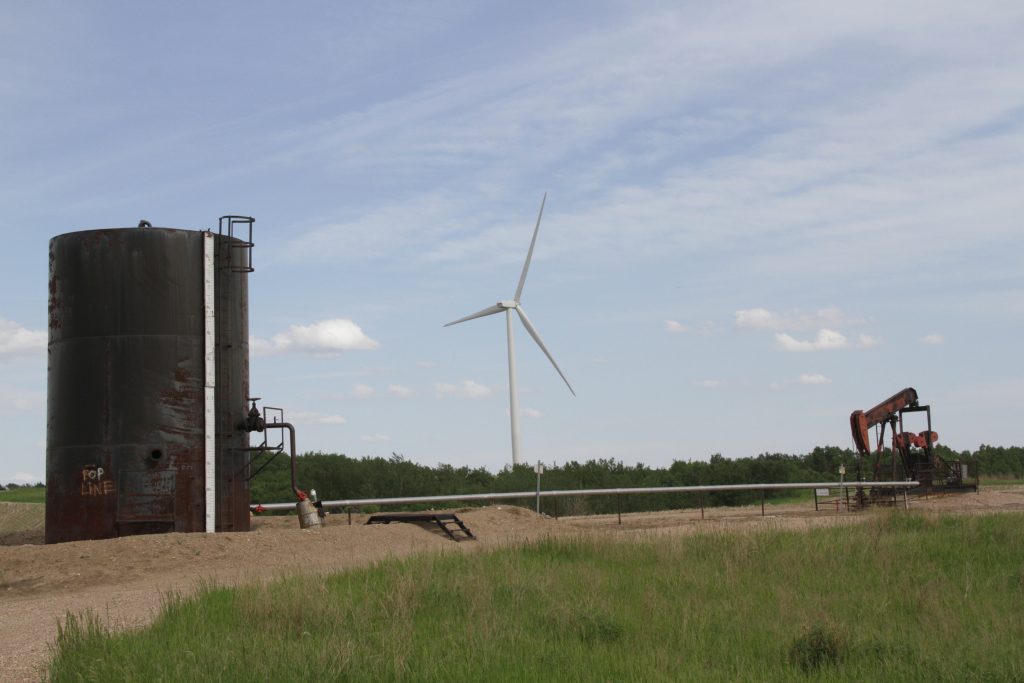
Rigs to Renewables
“They saw the opportunity and we have energy smart people here in Alberta, and a lot of intelligence and understanding around energy to offer the world of renewables,” says Beacock. “And in a lot of cases, there’s a direct correlation between the skills that are inherent in oil and gas in Alberta.”
The partnership is only a few years old, but business is booming for ENON which is based in Calgary, Alberta.
The energy storage business is a $7 billion industry today and is projected to soar to a $30 billion industry by 2027.
The first battery storage system ENEON designed was for the City of Grande Prairie. “The City wanted to change 10 of its 20 diesel buses to electric,” says Beacock. And “They also wanted to power those buses with renewable energy.”
ENEON was lucky enough to land the contract. And now there are solar-powered electric buses on the streets of Grande Prairie, Alberta.
ENEON builds large energy storage systems. “We’re typically using 14 to 40-foot shipping containers and we pack them right to the walls with lithium-ion batteries.” And they also contain ENEON’s safety, fire suppression and thermal control systems, along with its own proprietary energy control systems.
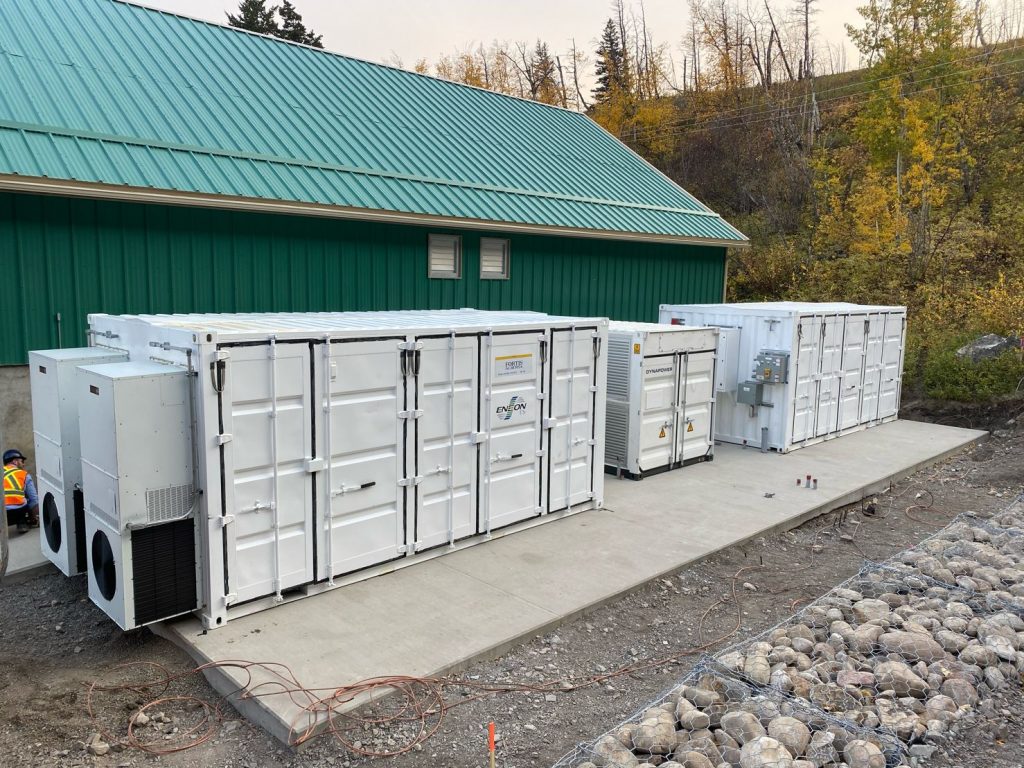
Energy Storage for Grids Big and Small
ENEON has found markets for small microgrid systems and for upgrading large electricity grids.
“A microgrid is a system of energy generation and uses that is disconnected from the grid,” says Beacock. The microgrid generates its own energy and typically has an energy storage system to manage the peaks and valleys of demand.
A solar micro-grid generates electricity during the day and energy storage extends the use of that solar energy into the evening.
This sort of approach is changing how northern communities get their electricity.
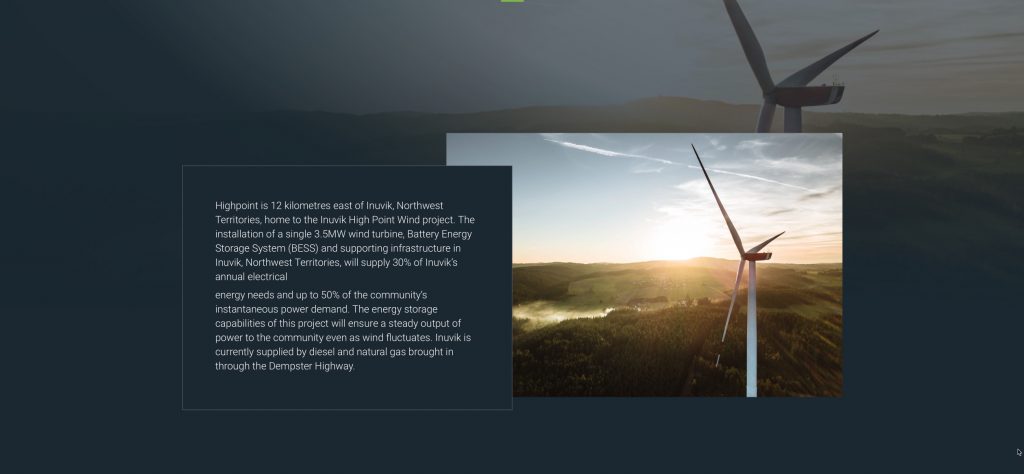
Offsetting Diesel in Canada’s Arctic
ENEON is building a large battery energy storage system for Inuvik in Canada’s Arctic which historically got all of its electricity from diesel generators. The diesel fuel must be flown in and the resulting electricity is very expensive.
In Inuvik “They’re putting up a 3.5-megawatt wind turbine, and we’re installing a 3.5-megawatt battery to support that turbine and to provide as much renewable energy to that community as possible,” says Beacock. The idea is to offset as much diesel generation as possible and then use the diesel generators as backup greatly reducing diesel use and emissions.
ENEON was also contracted to design and build a 5.2-megawatt Battery Energy Storage System for a solar microgrid energy storage project in the town of Waterton, in the national park of the same name in southern Alberta.
The Park was ravaged by wildfires in 2017 which also took out the power infrastructure. The idea is to create a solar-powered microgrid backup system for the town.
Waterton will also sport a 3.5-megawatt battery energy storage system funded by Emissions Reduction Alberta, Natural Resources Canada Smart Grid Program, FortisAlberta and Opus One Solutions.
Growing Energy Storage Market in the U.S.
ENEON is doing a lot of work in Canada, but business is really taking off in the U.S.
“They are nine states with state-level mandates for battery energy storage adoption – we’re working pretty heavily in two of them,” says Beacock.
In Massachusetts “there’s a heavy push for solar plus storage installations.” So ENEON is working on smaller, distributed generation sites providing battery energy storage for developers putting solar onto the grid.
In New York “There is some of the most aged infrastructure in North America…and they’re having trouble keeping up with the demand on the power grid,” says Beacock. “Battery energy storage systems are a perfect fit for supplementing that power and adding power capacity.”
Thanks to the electric vehicle revolution battery technology have improved rapidly and the cost has come way down. “And now we’ve hit an inflection point – we saw huge adoption [of battery energy storage] in 2020, a 33 per cent increase in adoption,” says Beacock. “And we are going to blow those records away in 2021.”
Alberta may be experiencing a solar and wind energy boom thanks to friendly grid policies, but Alberta also has what’s called an “energy-only” market so there is no way to bring energy storage and a host of smart grid and home technologies into the mix. These technologies will be essential as the grid transforms to utilize more distributed sources of renewable energy.
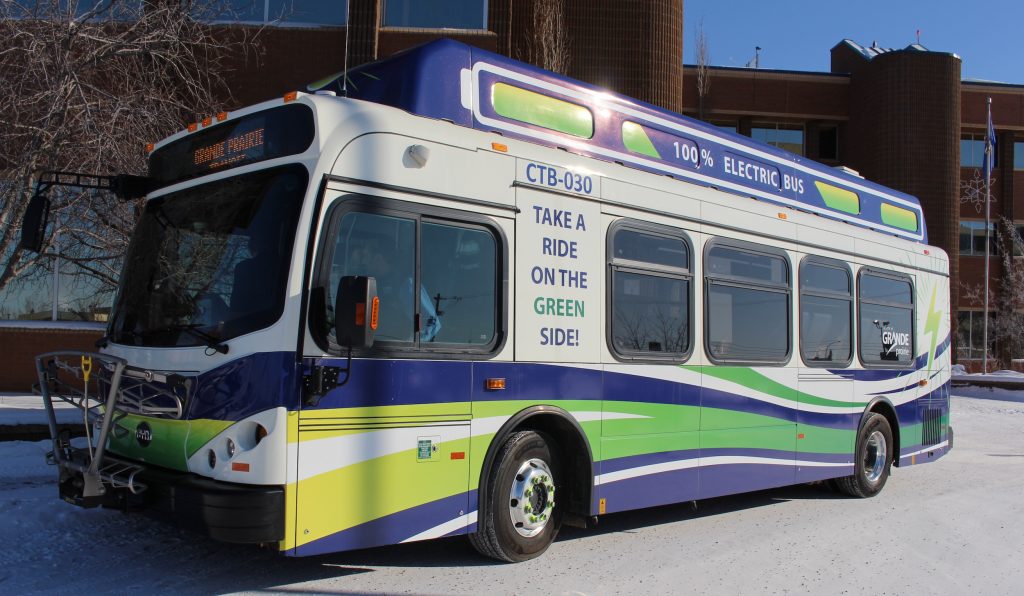
Energy Storage Coming to Alberta
However, a crack is opening in that system in the form of Bill 68 that proposes to allow unlimited production of energy by small producers and the ability to store and sell energy when the value is high.
The industry calls this arbitrage or the purchase of electricity when prices are low and selling it back when prices are high. And this is exactly what energy storage systems can do. It can also increase the value of renewable energy.
Beacock says battery energy storage can smooth out the energy supply and bring stability and lower consumer rates as a result. “I call it the Swiss Army Knife of renewable technologies because it’s so versatile in how we can apply it.”
And this could also mean the grid could leverage the energy storage capacity of the thousands and eventually millions of electric cars on the road to stabilize the grid and smooth out the peaks and valleys of renewable energy production.
Beacock says there is a very bright future in lithium-ion battery energy storage for ENEON. He wouldn’t say how much business ENEON is doing, but he says their first year in business was bonkers and their second year “is going to be even more bonkers.”
“This isn’t slowing down and this isn’t going away. We are moving as a nation, as a globe to new energy places. And I really see an opportunity for Alberta because of our energy intelligence.”
Beacock is very thankful that his company had the vision to see the opportunities in renewable energy and that he was able to leverage his oil and gas experience to take him into this new frontier.
Jason Beacock is now Director of Business Development with ENEON “It’s very exciting, and it’s growth-oriented, not just for the industry itself, but for [my own] personal growth – it’s been an amazing ride.”
